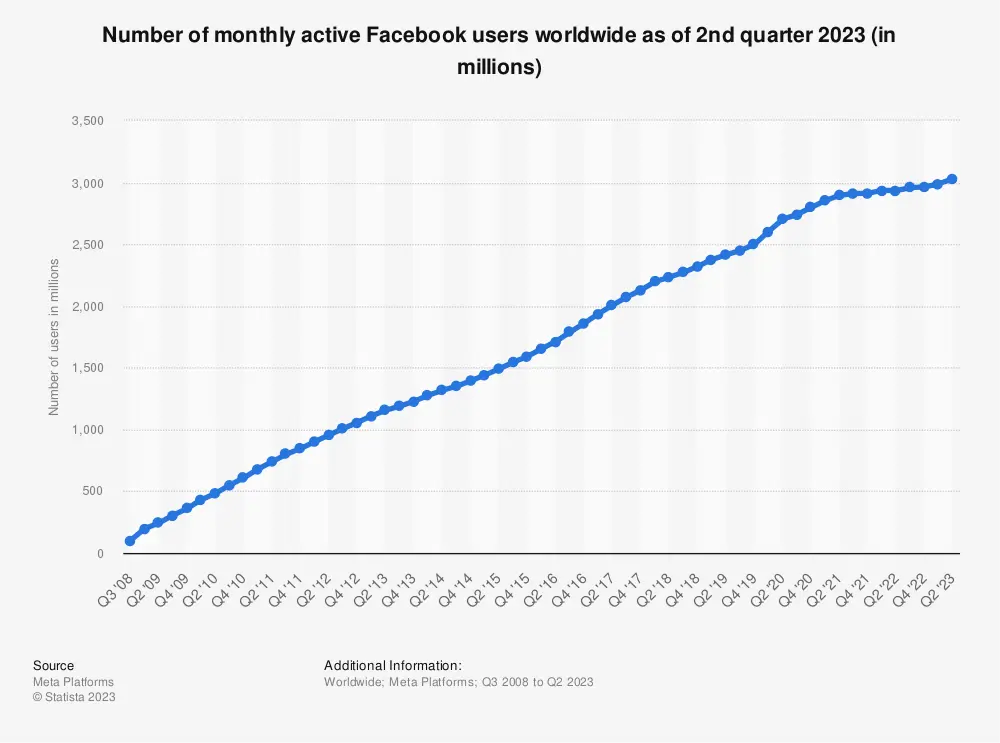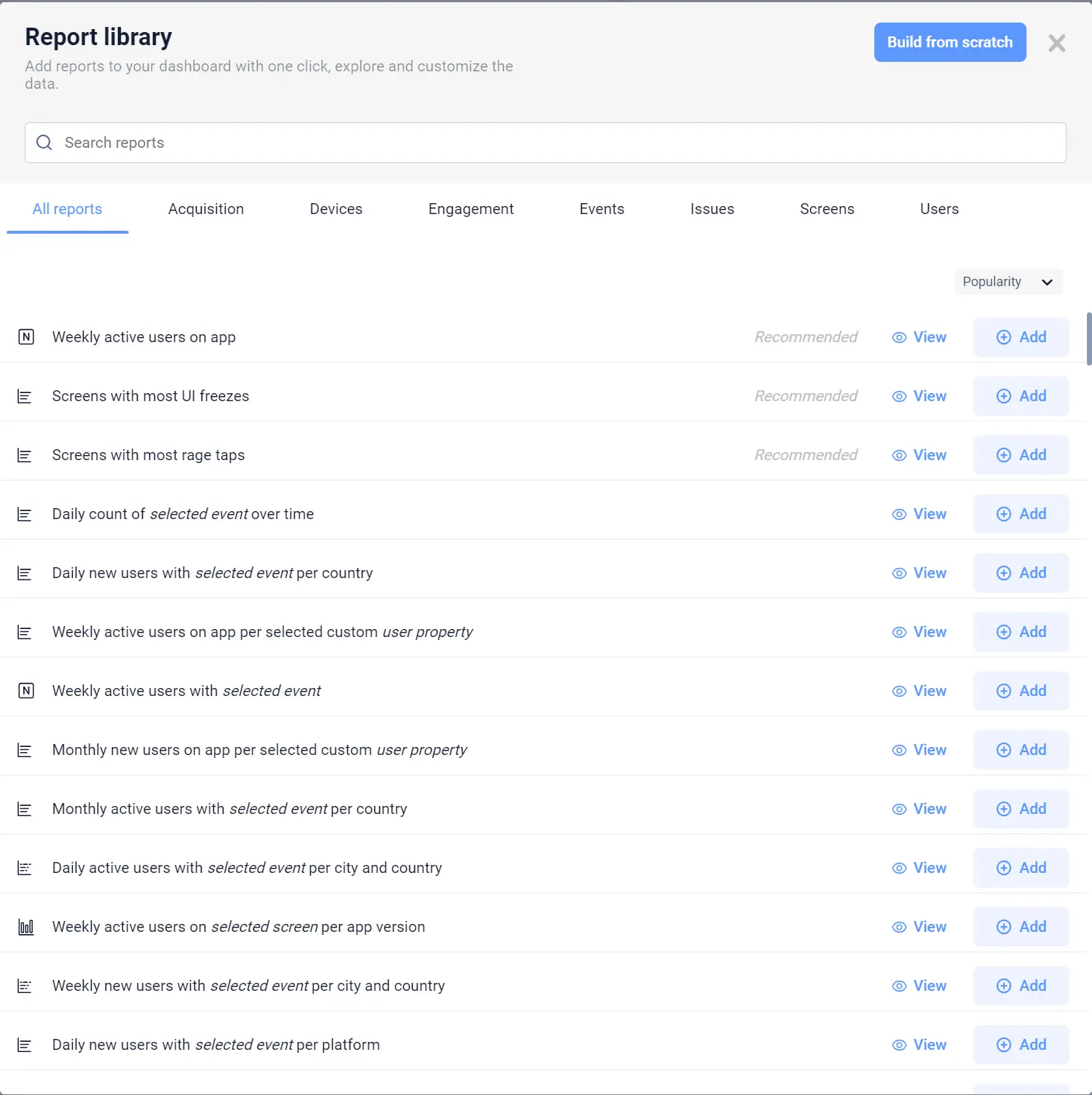Back to blog
5 MIN READ
North Star Metric Examples from Tech Giants
PUBLISHED
5 November, 2023

Product Analytics Expert
A North Star Metric is a single metric that accurately represents the essential value that your product offers to your customers. It can be a powerful tool for aligning your team and stakeholders around the most significant objective for your business — if you choose a good one, that is.
In this UXCam guide, we’ll offer some insights into what makes a “good” North Star Metric and share nine examples of North Star Metrics that have been put to use by successful businesses.
Let’s dive in.
9 North Star Metric examples
North Star Metrics serve as a focal point for a company's growth and success, providing a clear direction for strategic efforts and decision-making. It encapsulate the core value that a product or service delivers to customers.
To illustrate the versatility and importance of this concept, let's explore nine examples of north star metrics from popular tech companies:
Facebook - Monthly Active Users (MAU)
LinkedIn - Monthly Active Users (MAU)
GO-JEK - Number of journeys started
Spotify - Time spent listening
Amazon - Number of purchases per month
Quora - Number of questions answered
Hubspot - Number of weekly active teams
WhatsApp - Number of messages sent
Facebook’s North Star Metric
Facebook is a global leader in social media, with billions of people using its platform every month. The main metric that Facebook uses to measure its success is the number of monthly active users (MAU), which indicates how many people are engaging with its products and services regularly.

Facebook's network effect strategy relies on attracting and retaining MAU, as they generate value for the company and its advertisers.
LinkedIn’s North Star Metric
For a while, LinkedIn's North Star Metric was the “number of endorsements given.” It demonstrated that users were forming connections, which reduced the likelihood of profile cancellations due to the value it held. Additionally, recruiters benefitted from the platform's increased insights.
After Microsoft acquired LinkedIn in 2016, it adopted a new metric to measure its user engagement. Following the example of Facebook's News Feed Ranking (NFR), LinkedIn now uses “MAU” as an NSM. This metric reflects LinkedIn's focus on delivering relevant and personalized content to its users, as well as fostering meaningful connections and interactions among them.
GO-JEK’s North Star Metric
GO-JEK is a super app that offers various services to its customers in Southeast Asia. Their NSM is “number of journeys started.”
A journey started is defined as any interaction that a customer initiates with GO-JEK, whether it is booking a ride, ordering food, paying a bill, or watching a video. By focusing on this metric, GO-JEK aims to provide the best possible experience for its users and to create value for its partners and stakeholders.
Spotify’s North Star Metric
Spotify’s North Star Metric is “time spent listening.”
This NSM only applies to Spotify’s music streaming service, though. Sources have suggested that the company uses different NSMs to measure success in different business areas (e.g., podcast streaming and revenue).
Amazon’s North Star Metric
Amazon's NSM is the “number of purchases per month.”
This is a logical choice for North Star Metric, as it directly measures the core objective of the business—selling products to customers who need them. This metric provides a clear focus on tracking and improving the key aspect that determines the success of an online retail platform.
Quora’s North Star Metric
Quora’s North Star Metric is the “number of questions answered.”
Answers to questions are where Quora’s users derive value from the platform. Seeing questions answered also inspires users to ask their own, further contributing to the ecosystem's health.
HubSpot’s North Star Metric
In an Intercom podcast, HubSpot's VP of Growth, Kieran Flanagan, revealed that their primary metric for measuring success is the “number of weekly active teams.” He explained that this metric reflects their focus on helping teams work better together.
WhatsApp’s North Star Metric
WhatsApp’s North Star Metric is the “number of messages sent.”
Users use WhatsApp to communicate with each other, whether it be for business or pleasure. WhatsApp looks at the total number of messages sent to measure their success, as this metric reflects how often users rely on their platform to communicate.
Dive Deeper: Mobile Product Management Certification
To learn more about North Star Metrics, dive into the North Star Metric Framework module in our Mobile App Product Management Academy. This lesson will show you how to align your team around a common goal and make informed decisions that drive sustainable growth.
Checklist for a good North Star Metric
Looking for a technical definition? Take a look at our guide to finding and tracking North Star Metrics.
To find a North Star Metric that works for your products or services, you’ll want to consider the following:
Reflects purpose
The North Star Metric should reflect the intended purpose of your product or service. It should be closely tied to the core value that your product delivers to customers. This ensures that your North Star Metric is not just a vanity metric but a meaningful measure of success.
Expresses value
A good North Star Metric expresses the value that customers derive from your product. It should represent what customers value about your product. When teams fail to connect their North Star Metric to customer value, they risk leading their business down the wrong path.
Represents vision and strategy
Your NSM should reflect your organization's long-term vision and strategy. It should encapsulate what success looks like according to your strategic plan. It helps your team understand where you're headed and why, as advised by respected business publications like Entrepreneur.
Measurable
The NSM should be a function of inputs that your team can influence. It should be a set of performance indicators that measure success in the customer journey. It’s important to track them, so you can see if your users’ journeys were successful.
Measuring things like “satisfaction” and “engagement” is not (usually) precise enough. Good NSMs are concrete—they tell you what people did or experienced, not just how they felt.
How will you measure your NSM? A good analytics tool is key.

At UXCam, we help mobile product teams measure and understand their user journeys. Our product helps teams see exactly how users interact with their app, what screens they visit, where they stumble, and more. This helps teams make data-driven decisions to improve the customer journey.
Time-bound
A good NSM should have a time element associated with it. It should be tied to a specific timeframe to provide a sense of urgency and monitor progress. A deadline also adds transparency and accountability to the process.
Actionable
The NSM should be actionable. It should guide future decisions with data-driven decision-making that leads toward increased revenue, lower costs, or better customer retention.
Conclusion
The North Star Metric (NSM) is a compass that helps organizations achieve their vision of success. Companies like Facebook and Amazon use this framework by focusing on user engagement and customer lifetime value, respectively. A good NSM should align with a company's mission and strategy, emphasize value, and be measurable, time-bound, and actionable.
At UXCam, we give mobile product teams access to powerful analytics tools that allow them to measure both NSMs and input metrics. Through features like session replays, heatmaps, and event analytics, you get a holistic understanding of how users interact with your product, so you can optimize for better user experiences and improved customer engagement.
Sign up for a free trial or schedule a demo to see UXCam in action.
You might also be interested in these;
How to analyze session recordings
5 KPIs to measure your new feature adoption
Mobile app KPI dashboard examples and how to use them
Product management and user experience - How to collaborate effectively
AUTHOR

Tope Longe
Product Analytics Expert
Ardent technophile exploring the world of mobile app product management at UXCam.
What’s UXCam?
Related articles
App Analytics
Mobile App Tracking: Practical Guide & Best Tools [2026]
The best tracking tools for mobile...

Jonas Kurzweg
Product Analytics Expert
App Analytics
Top Analytics SDKs 2026
Pick the right analytics SDKs to improve your app's...

Jonas Kurzweg
Product Analytics Expert
Product best practices
8 Best UX Analytics Tools and Software We’ve Tested 2025
A good UX design is key when it comes to user satisfaction. Learn about five of the best UX analytics tools you can use to get valuable insights about user...

Jonas Kurzweg
Product Analytics Expert



